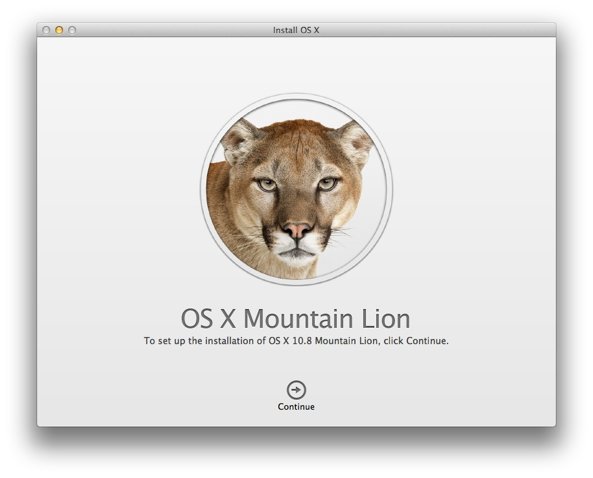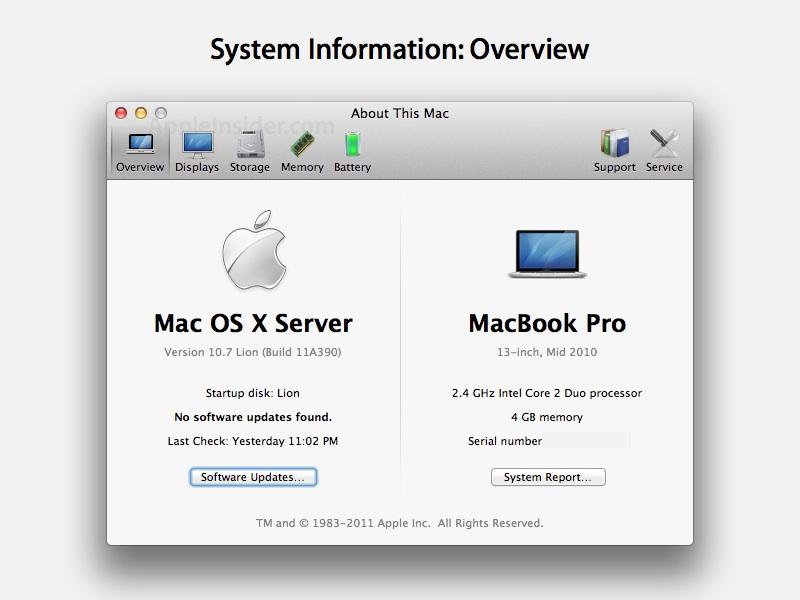
Being able to manage my iPad (or hundreds of iPads) should have been as easy as logging into the server from Safari on the tablet and accepting a few conditions. First, certificate errors prevented me from accessing profile management tools from my iPad. Installation and setup, though, were the last things that I found simple about OS X Server. Pretty slick, right? Setting up sites, directory services, and just about everything else for which schools use on-premise servers is all contained in one simple console.

The server software (actually just a collection of apps now, bundled together for about $50 in the App Store) installed without a hitch, setup is wizard-driven and very simple for anyone with even a very modest background in networking, and the console is dead simple. In this case, though, it just isn't happening. Apple tells us this all the time: "They just work." 99.9% of the time, that's completely true. But the whole idea, whether as a home user, a small business user, or school IT staff, is that I buy Lion Server from the Mac App Store, it installs itself, and then it runs. I probably could with enough Googling, tinkering, playing, and, most importantly, time. This isn't to say that I can't get it to work. The problem is that, for me at least (and many other users), it simply doesn't work.
#MAC SOFTWARE FOR LION FOR MAC#
It helps me justify the price I pay for Mac hardware and makes what should be an incredibly user-friendly server available to schools at a rock bottom price. Great idea - I love the idea that any Mac running the latest version of OS X can be turned into a full-fledged server with everything from a wiki to network backup to iOS profile management. OS X Lion Server is simply an add-on for any Mac running Lion. I should have known that Apple would come up with a cooler way to do servers, though.

When Apple axed its XServe series of dedicated servers, I was none too happy that a highly usable, school-friendly server was probably going by the wayside.


 0 kommentar(er)
0 kommentar(er)
